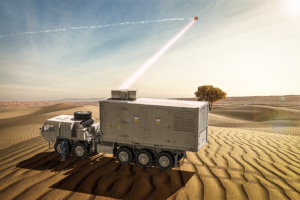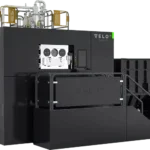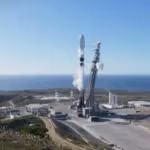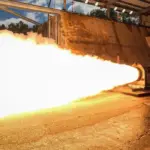
Lockheed Martin [LMT] said Thursday it has delivered its 300-kilowatt class laser capability to the Pentagon four months ahead of schedule, with the system set to support the Army’s effort to have tactical vehicle-mounted high energy laser prototypes by fiscal year 2024. The 300-kilowatt laser, the company’s most powerful to date, was delivered on Aug. 8 and developed for the Office Under Secretary of Defense for Research and Engineering’s (OUSD R&E) High Energy Laser Scaling Initiative (HELSI) program, with company…

 By
By 











